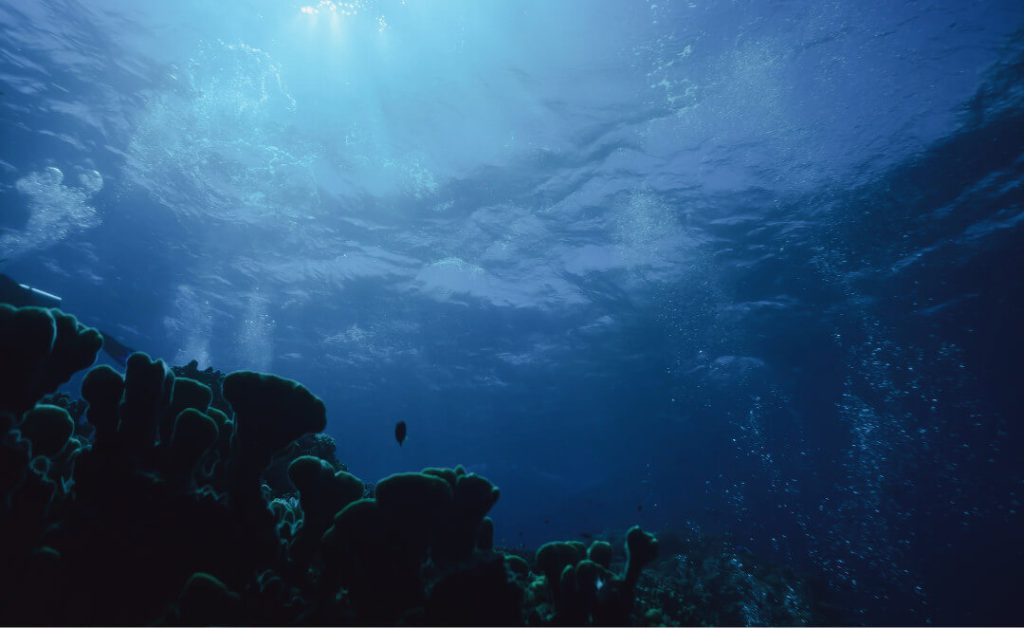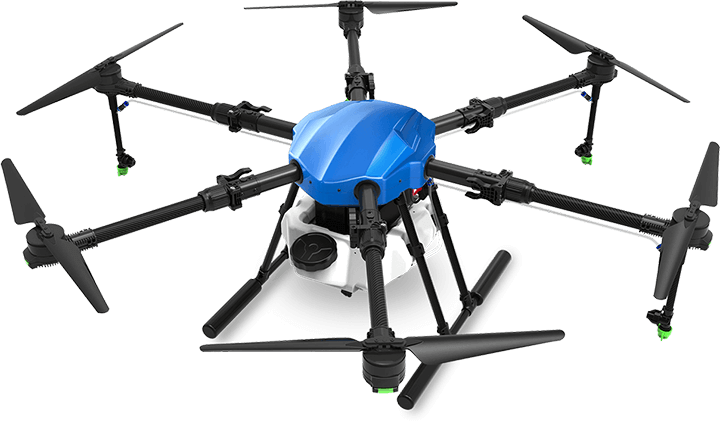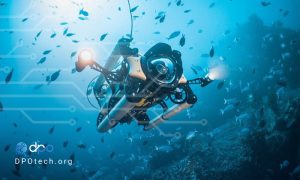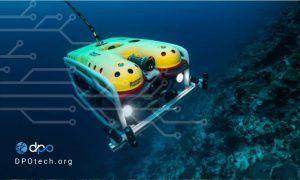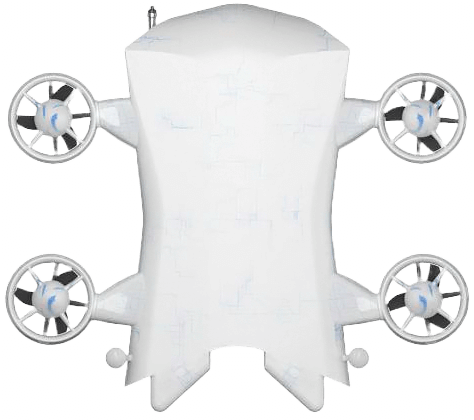The answer seems obvious. Space is infinite and out of reach, while the oceans are
finite and limited to our planet. We have been sailing the oceans for centuries, while
space exploration is less than a century old.
We must know more about the oceans, right? How could our oceans contain more
mysteries than outer space?
In truth, the answer is complicated. Although we’ve been cruising the oceans for much
longer, much of the ocean remains uncharted, unexplored and unseen by human eyes.
In fact, the percentage of the oceans that have been explored, just might shock you.
How Much of the Ocean Have We Explored?
Why do we know so little about the oceans? And why haven’t scientists explored 95
percent of them?
Well, there are two reasons ocean exploration is so difficult. For starters, the technology
used to chart the oceans and ocean floors is relatively new. Ocean satellites, scientific
buoys, deep sea submarines, and advanced sonar have only been used in ocean
exploration for the last 50+ years. And as this technology improves, scientists have
been able to discover more of the oceans and map a greater percentage of the ocean’s
floors.
Yet, even with technology improving, there is still a major challenge, and that’s that the
ocean is so vast. Consider this: At its deepest the ocean is 7 miles deep. This abyss is
located in an area near Guam known as the Mariana Trench, which is located near
many popular yacht charter destinations.
In other words, under the surface the oceans contain about 99 percent of livable space
on the planet. And it’s this area below the surface that scientists know very little about.
So why is underwater ocean exploration so difficult?
For one, satellite imaging can only be used to study the surface of the ocean. We can
chart water temperatures, color (an indicator of plant life), and water levels. But below
the surface, our satellites don’t do much good.
This inability to “see” the oceans is what makes space exploration and ocean
exploration so vastly different. With space exploration, scientists can see everything
that’s in front of them, using telescopes. With ocean exploration, we’re can’t see very
far. Light doesn’t permeate deep into open water. After 200 meters – the so-called
sunlight zone – light begins to decline significantly, making imaging much more difficult.
Additionally, the conditions under the ocean make exploration a battle of extremes. At
the deepest part of the ocean, pressure is significant – it’s the equivalent of having 50
airliners on top of you. And that’s significantly more pressure than the body can handle.
Additionally, the depths of the ocean are extremely cold and dark, and that makes
traveling there difficult for scientists. In fact, it’s easier to send a person to space than it
is to send one down to the bottom of the deepest part of the ocean.
In short, we’ve only explored 5 percent of the oceans, because exploring the depths is
so treacherous and difficult.
Source: worldwide

